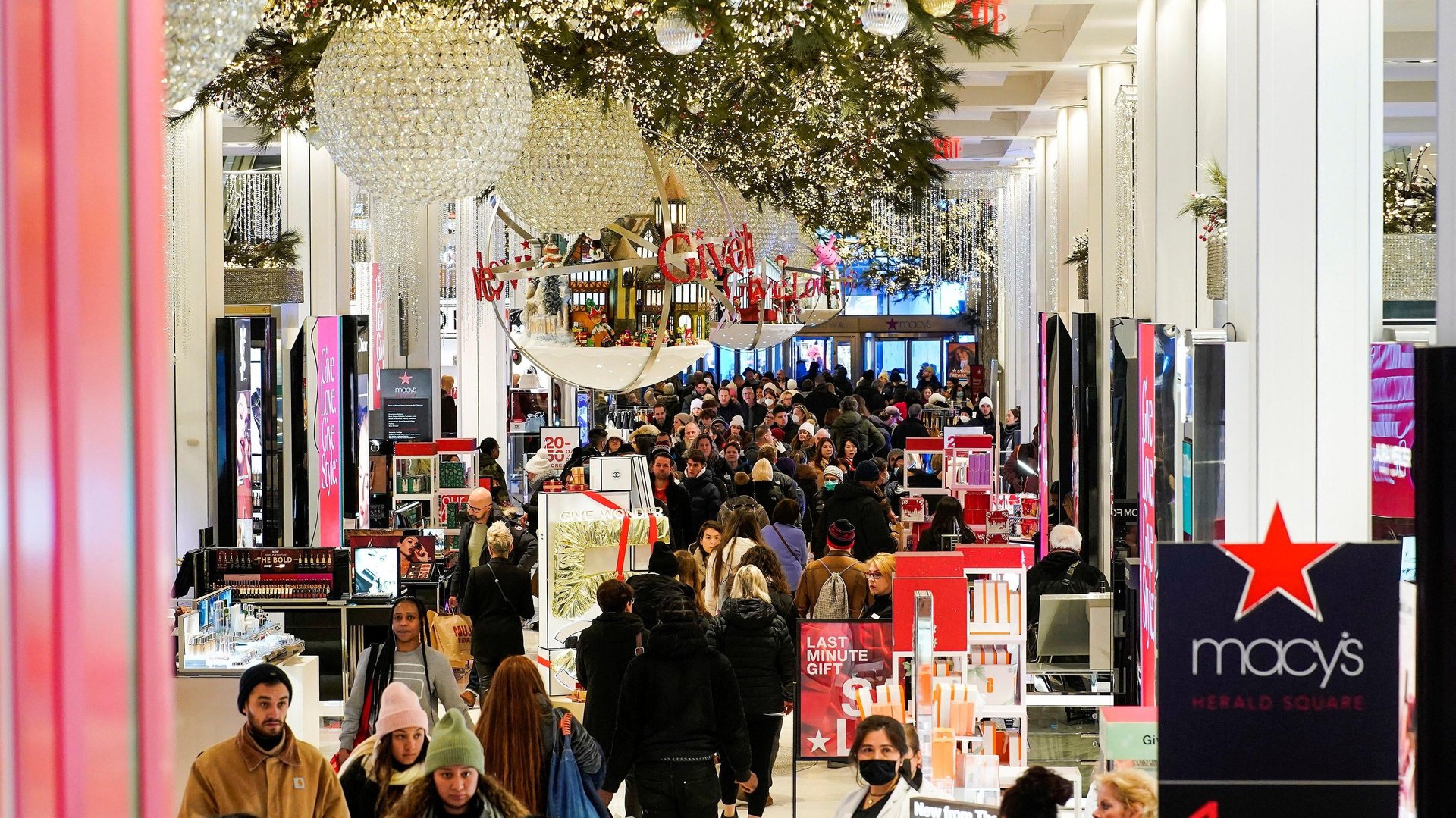Americans cut spending again in December
The decrease in dollars spent isn't driven solely by a decline in consumer confidence.

Americans apparently got their holiday shopping done early last year. Consumers spent around 1% less in December than they had in the month before—about the same drop in spending that occurred in November.
According to retail sales data from the Census Bureau, the largest decline in December spending came from the department stores category, which fell by 6.6%. This may have been partly caused by a decline in goods prices.
Additionally, consumers may have been trained by slow delivery times in years past and done their Christmas shopping early this year, said Gregory Daco, EY Parthenon’s chief economist, in an email.
The decline in spending is coinciding with an increase in consumer confidence in the US, which is probably driven by the lower gas prices.
“US consumers are becoming a little more upbeat now that inflation appears to be moderating,” said Daco. “Still, elevated prices, eroded personal savings and increased reliance on credit point to more conservative spending this winter as labor market conditions soften.”
Surprisingly, consumers kept up their spending on building materials, which climbed by 0.3% from November to December despite higher mortgage rates. This might be because homebuilders have switched from focusing on starting new home construction projects to finishing the projects they’ve already begun.
